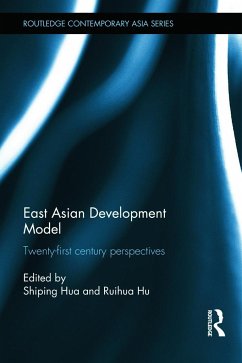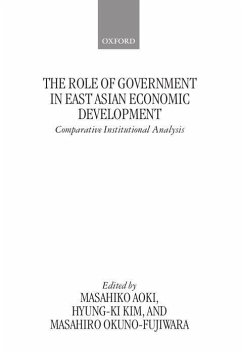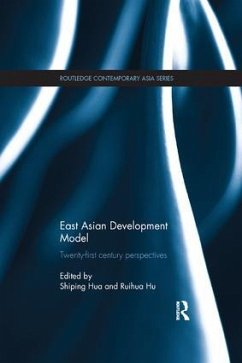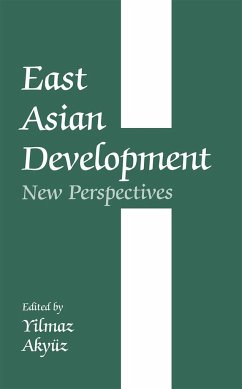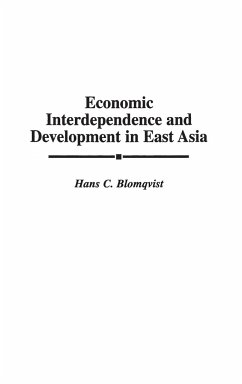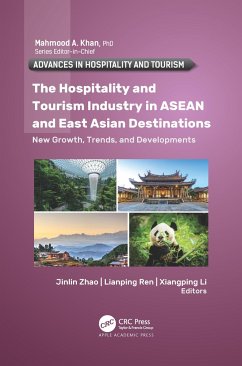
Public Policies in East Asian Development
Facing New Challenges
Herausgeber: Adams, F. Gerard; James, William E.
Versandkostenfrei!
Versandfertig in 1-2 Wochen
88,99 €
inkl. MwSt.

PAYBACK Punkte
44 °P sammeln!
The East Asian Crisis of 1997 and the following economic meltdown has raised new questions about the role of public policy in Asian economic growth and the best mix of policies to insure the survival of economic growth. Although economists agree that macroeconomic stability, the encouragement of exports and FDI inflows, and the development of human resources have been important in East Asian growth, they do not agree on whether industry specific policies have been useful. The policy experiences of the countries are diverse and do not show a strong relationship between policies and success. Bri...
The East Asian Crisis of 1997 and the following economic meltdown has raised new questions about the role of public policy in Asian economic growth and the best mix of policies to insure the survival of economic growth. Although economists agree that macroeconomic stability, the encouragement of exports and FDI inflows, and the development of human resources have been important in East Asian growth, they do not agree on whether industry specific policies have been useful. The policy experiences of the countries are diverse and do not show a strong relationship between policies and success. Bringing together the work of development economics experts, this book looks at the role of economic policy in East Asian development, the challenge of the economic meltdown, and the critical issues raised by that meltdown. Based on research and conferences at the International Centre for the Study of East Asian Development in Kitakyushu, Japan, the book opens with general chapters considering the policies behind East Asian growth, then discusses the policies of each country in country specific chapters. Up to date in its discussion, the book considers the questions raised by the crisis of 1997 from a variety of perspectives.




